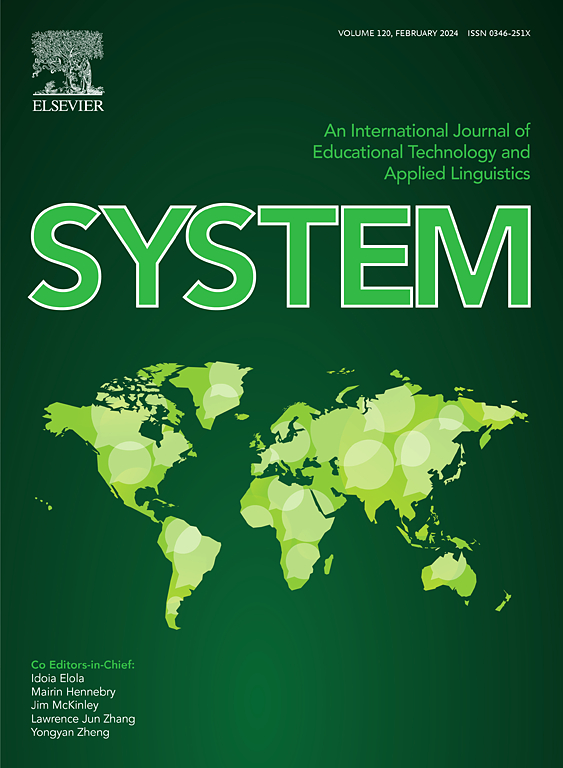Rumen-protected methionine and lysine supplementation to the low protein diet improves animal growth through modulating colonic microbiome in lambs
IF 6.5
1区 农林科学
Q1 Agricultural and Biological Sciences
引用次数: 0
Abstract
Dietary protein level and amino acid (AA) balance are crucial determinants of animal health and productivity. Supplementing rumen-protected AAs in low-protein diets was considered as an efficient strategy to improve the growth performance of ruminants. The colon serves as a crucial conduit for nutrient metabolism during rumen-protected methionine (RPMet) and rumen-protected lysine (RPLys) supplementation, however, it has been challenging to clarify which specific microbiota and their metabolites play a pivotal role in this process. Here, we applied metagenomic and metabolomic approaches to compare the characteristic microbiome and metabolic strategies in the colon of lambs fed a control diet (CON), a low-protein diet (LP) or a LP diet supplemented with RPMet and RPLys (LR). The LP treatment decreased the average daily weight gain (ADG) in lambs, while the LR treatment tended to elicit a remission in ADG. The butyrate molar concentration was greater (P < 0.05), while acetate molar concentration (P < 0.05) was lower for lambs fed the LP and LR diets compared to those fed the CON diet. Moreover, the LP treatment remarkably decreased total AA concentration (P < 0.05), while LR treatment showed an improvement in the concentrations of methionine, lysine, leucine, glutamate, and tryptophan. Metagenomic insights proved that the microbial metabolic potentials referring to biosynthesis of volatile fatty acids (VFAs) and AAs in the colon were remarkably altered by three dietary treatments. Metagenomic binning identified distinct microbial markers for the CON group (Alistipes spp., Phocaeicola spp., and Ruminococcus spp.), LP group (Fibrobacter spp., Prevotella spp., Ruminococcus spp., and Escherichia coli), and LR group (Akkermansia muciniphila and RUG099 spp.). Our findings suggest that RPMet and RPLys supplementation to the low-protein diet could enhance the microbial biosynthesis of butyrate and amino acids, enriche the beneficial bacteria in the colon, and thereby improve the growth performance of lambs.低蛋白质日粮中添加保护瘤胃的蛋氨酸和赖氨酸通过调节羔羊结肠微生物群来促进动物生长
饲粮蛋白质水平和氨基酸平衡是动物健康和生产力的重要决定因素。在低蛋白饲粮中添加保护瘤胃的氨基酸被认为是提高反刍动物生长性能的有效策略。在补充保护瘤胃蛋氨酸(RPMet)和保护瘤胃赖氨酸(RPLys)过程中,结肠是营养物质代谢的重要通道,然而,明确哪些特定的微生物群及其代谢物在这一过程中起关键作用一直具有挑战性。在这里,我们应用宏基因组学和代谢组学方法比较了饲喂对照饲粮(CON)、低蛋白饲粮(LP)或低蛋白饲粮中添加RPMet和RPLys (LR)的羔羊结肠中的特征微生物组和代谢策略。低脂处理降低了羔羊的平均日增重(ADG),而低脂处理倾向于缓解羔羊的平均日增重。与CON相比,LP和LR组羔羊的丁酸摩尔浓度较高(P < 0.05),乙酸摩尔浓度较低(P < 0.05)。LP处理显著降低了总AA浓度(P < 0.05), LR处理显著提高了蛋氨酸、赖氨酸、亮氨酸、谷氨酸和色氨酸的浓度。宏基因组研究证明,三种饮食处理显著改变了结肠中挥发性脂肪酸(VFAs)和AAs的生物合成的微生物代谢潜力。宏基因组分析鉴定出CON组(Alistipes spp., Phocaeicola spp.,和Ruminococcus spp.), LP组(Fibrobacter spp., Prevotella spp., Ruminococcus spp.,和Escherichia coli .)和LR组(Akkermansia muciniphila .和RUG099 spp.)不同的微生物标记。由此可见,在低蛋白饲粮中添加RPMet和RPLys可以促进丁酸盐和氨基酸的微生物合成,丰富结肠内有益菌群,从而提高羔羊的生长性能。
本文章由计算机程序翻译,如有差异,请以英文原文为准。
求助全文
约1分钟内获得全文
求助全文
来源期刊

Journal of Animal Science and Biotechnology
AGRICULTURE, DAIRY & ANIMAL SCIENCE-
CiteScore
9.90
自引率
2.90%
发文量
822
审稿时长
17 weeks
期刊介绍:
Journal of Animal Science and Biotechnology is an open access, peer-reviewed journal that encompasses all aspects of animal science and biotechnology. That includes domestic animal production, animal genetics and breeding, animal reproduction and physiology, animal nutrition and biochemistry, feed processing technology and bioevaluation, animal biotechnology, and meat science.
 求助内容:
求助内容: 应助结果提醒方式:
应助结果提醒方式:


